Let's Talk Tetras!
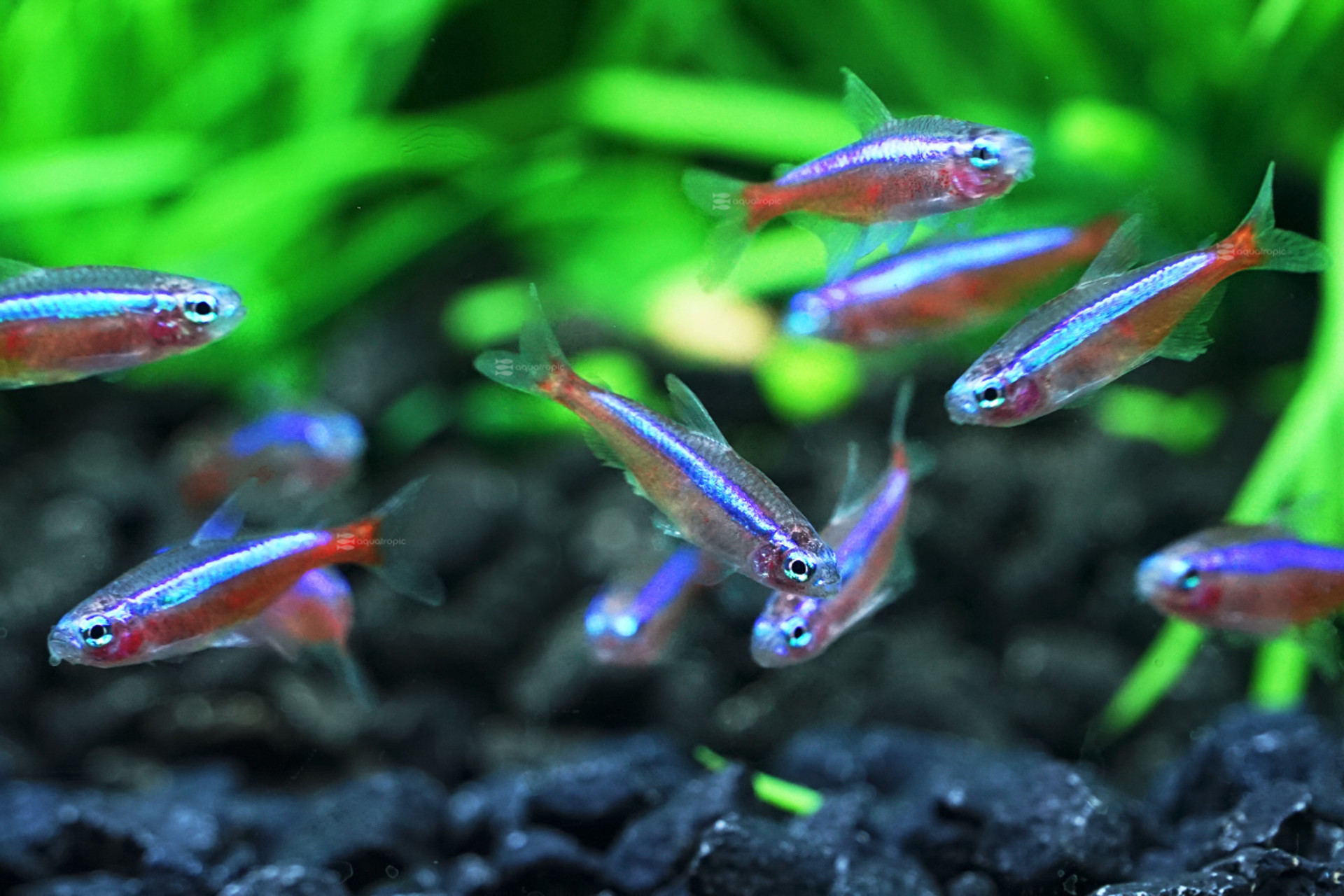
For many people less familiar with aquariums, the word “Tetra” is pretty much synonymous with “Neon Tetra.” Even for those of us much more familiar with aquatic displays, there are probably only a dozen or so that most people could name off the top of their heads. In truth, there are in excess of 125 different fish that bear that common name and designation.
Many, if not most of these species never show up in Local Fish Stores, either because they are found in places that are too remote, or they are very delicate, or most often, they just aren't that exciting color wise. Here at Aquatropic, we're always on the lookout for new species that are suitable for the home aquarium, and we currently offer have 96 different listings on our Tetra page (which is a stunning and perhaps overwhelming number), but this includes many fish that are the same species, but either come from different locations, or have been bred for unique color forms; for example, albino variations. Our full listing can be seen here: https://www.qualitymarine.com/aquatropic/fish/Tet...
Nearly all of the Tetras you see in aquarium stores these days are bred and raised in captivity, and as such, most of them are already eating pelletized and flaked foods. They are also adapted to water chemistry that doesn't much resemble their native habitats anymore, making them easier to use in a wide variety of displays. They are almost universally peaceful and hardy fish. Here's a little breakdown to introduce some useful groups and hopefully expand the repertoire of some of you.
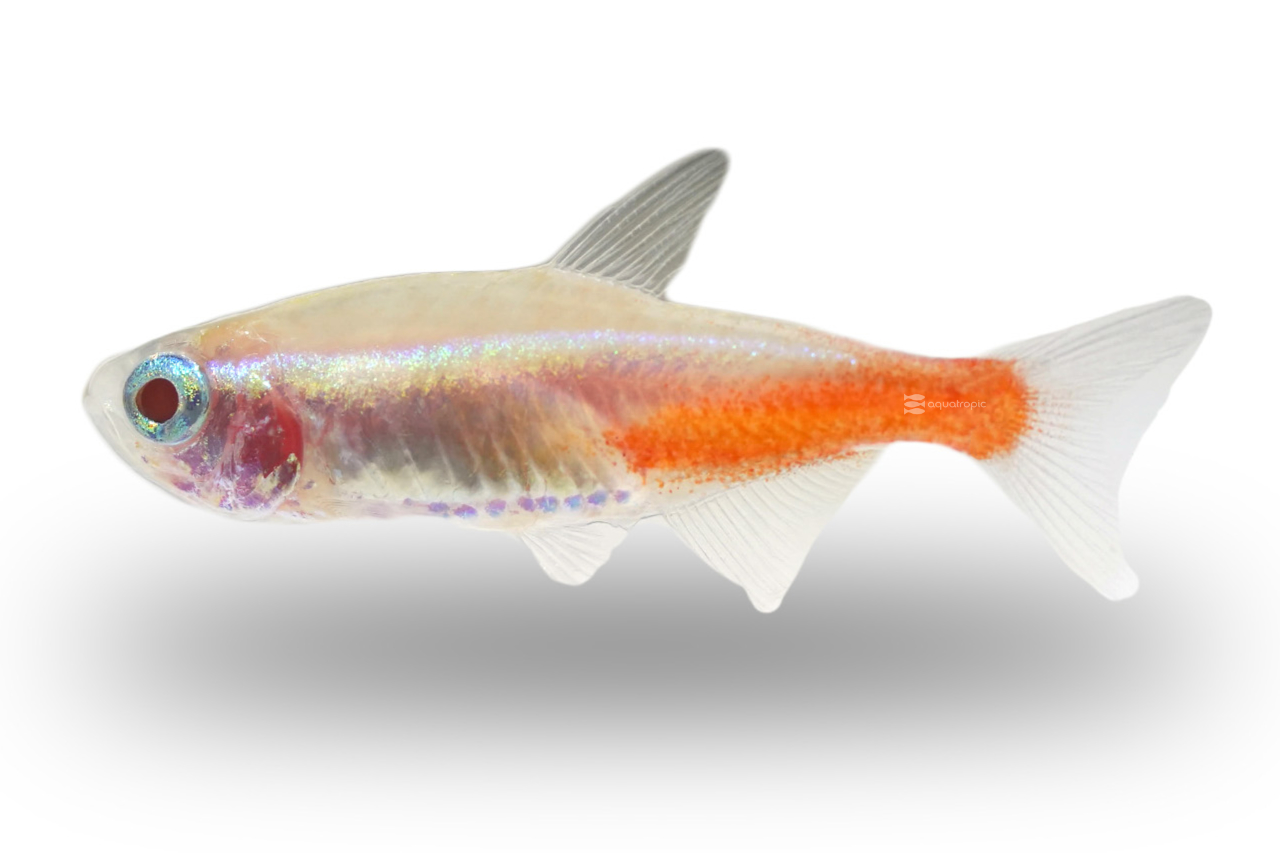
The Neons. Notice we used a plural there? That's because there are several different fish here that are all pretty similar in size, coloration and use for the display. Cardinal Tetras and Neon Tetras are pretty much the same size and color, but Cardinals will have longer color bars, enveloping nearly the entire fish. There is also Goldens, Blue Eyed Goldens, Albinos, Golden Albinos, Diamond Heads, Green Neons and more. With the exception of Cardinals, all of these are the same species! All are brightly colored, love to shoal and stay less than an inch and a half long. Which one you choose is based entirely on what you want the display to look like (and feel free to mix and match!) We suggest adding at least a dozen if you have space for it, and never less than six.
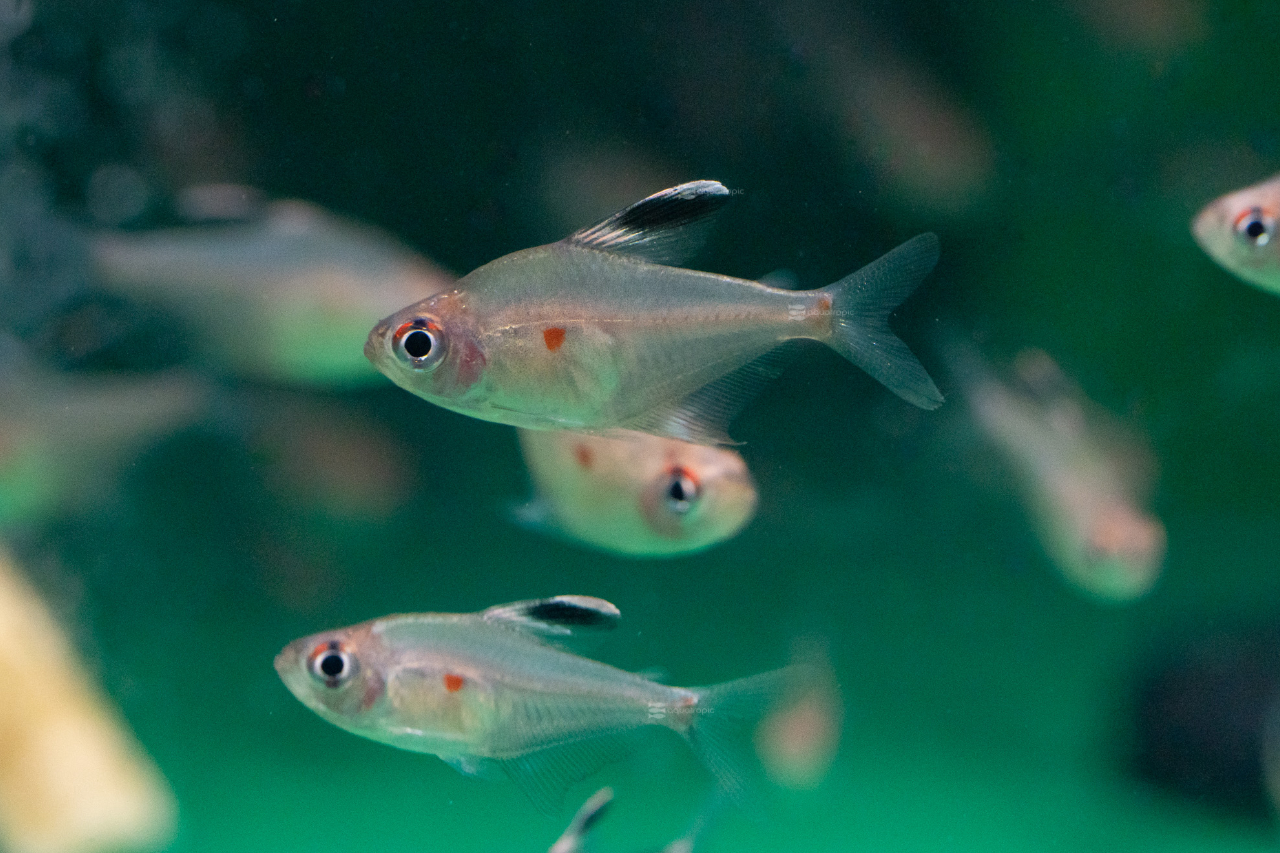 Black Neon Tetras don't really fit into this group, even though they are called Neon (and still have a dash of thatbrilliant color to them.) They are part of a different genus called Hyphessobrycon. They have a deeper body shape and get just a tiny bit longer. They also do well in groups, are peaceful and no risk to plants. All the other fish in this grouping are similarly shaped and will work in all the same aquariums, again your choices here are still aesthetic (and these can also be mixed with the other neons.) Other Hyphessobrycons include the Flame Tetra, Ember Tetra, Candycane SP511, Blue Ribbon, Bleeding Blue Heart, Bleeding Heart, Amazon Glass, Lemon, Lemon Albino, Kitty Loweae, Red Phantom, Rosy, Serpae (and Serpae Highfin).
Black Neon Tetras don't really fit into this group, even though they are called Neon (and still have a dash of thatbrilliant color to them.) They are part of a different genus called Hyphessobrycon. They have a deeper body shape and get just a tiny bit longer. They also do well in groups, are peaceful and no risk to plants. All the other fish in this grouping are similarly shaped and will work in all the same aquariums, again your choices here are still aesthetic (and these can also be mixed with the other neons.) Other Hyphessobrycons include the Flame Tetra, Ember Tetra, Candycane SP511, Blue Ribbon, Bleeding Blue Heart, Bleeding Heart, Amazon Glass, Lemon, Lemon Albino, Kitty Loweae, Red Phantom, Rosy, Serpae (and Serpae Highfin).
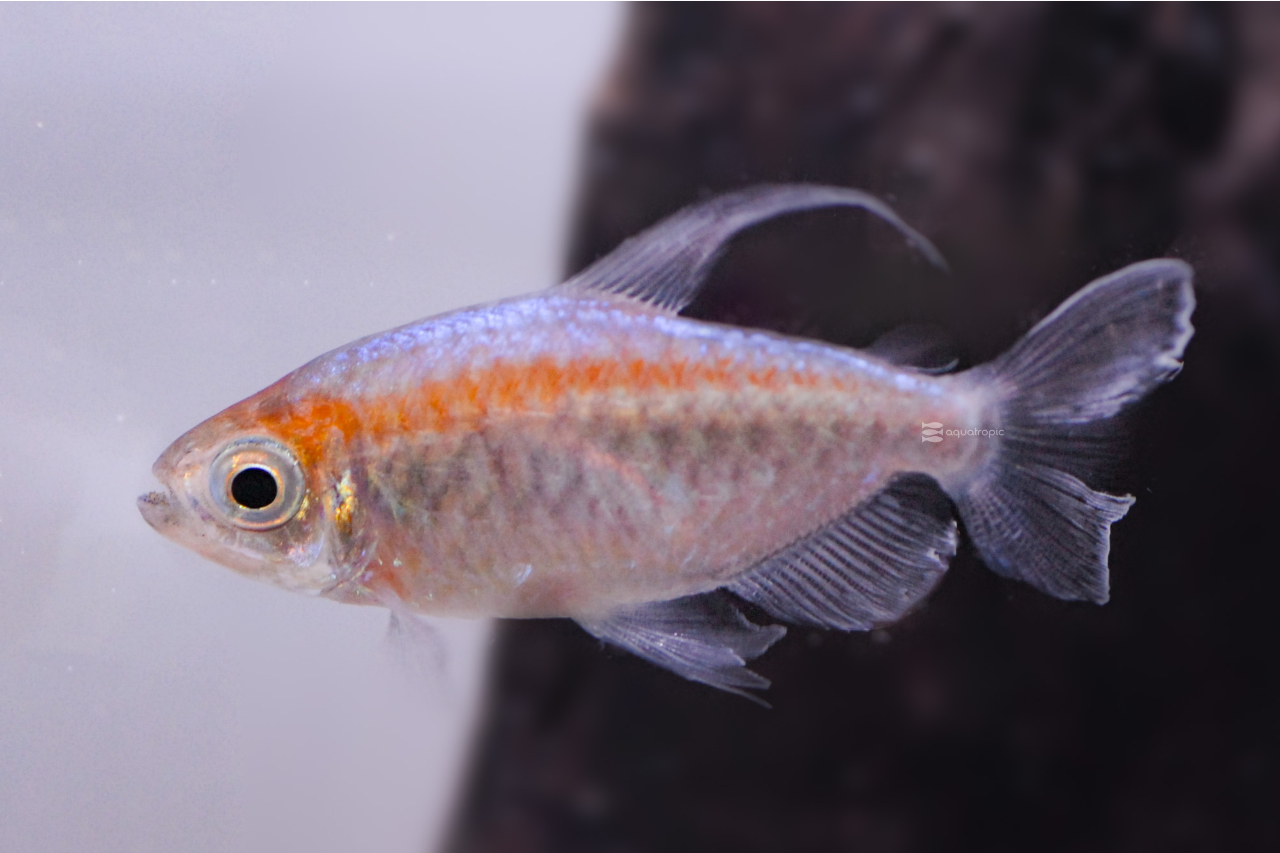
Congo Tetras are a bigger fish that are stronger swimmers than their smaller counterparts, making them better fits in aquariums that house fish that might make a meal of the smaller Tetras. Congos get up to three inches long or so. They are still very peaceful and should always be kept in groups. Occasionally they are seen in displays with some of the more peaceful cichlid species. They are part of the genus Phenacogrammus, which includes a few variations of the same species like Longfin, Yellowtail and Albino variations, but no other commonly available Tetras come from this genus.
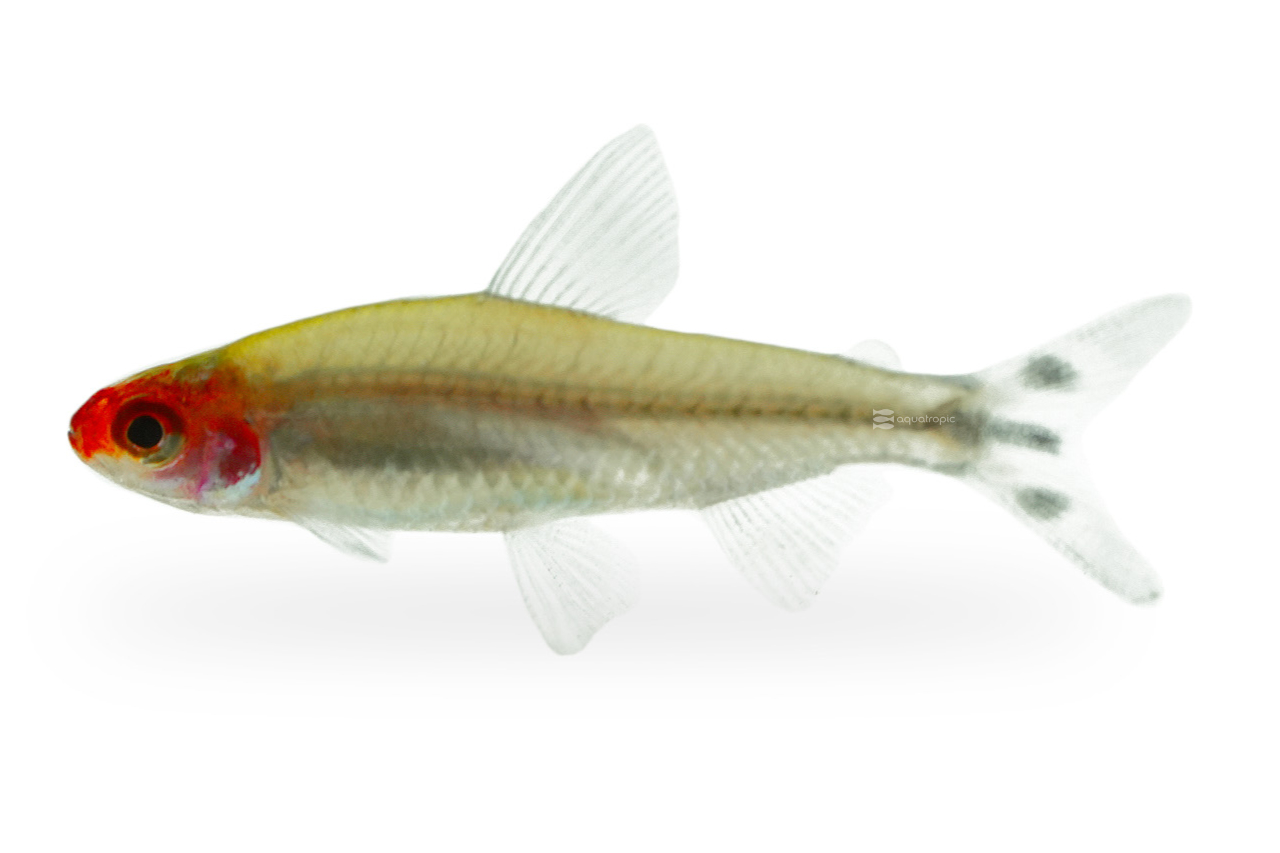
The most famous of the Hemigrammus Tetras is probably the Rummynose Tetra, though there are more that fit in with this group. Glowlight, Gold / Brass, Buenos Aires, Costello / January, Phoenix, and Pretty Tetras are all a part of this genus. They can be mixed and matched with the rest of the Tetras here, though are slightly more temperamental to keep, ensure you can feed these fish more than once a day, and maintain high oxygen levels in their displays (something all Tetras will do well with.) Hemigrammus Tetras must be kept with good numbers of other Tetras (more than 12), or they may hide and or be bullied out of hiding; peaceful tankmates only!
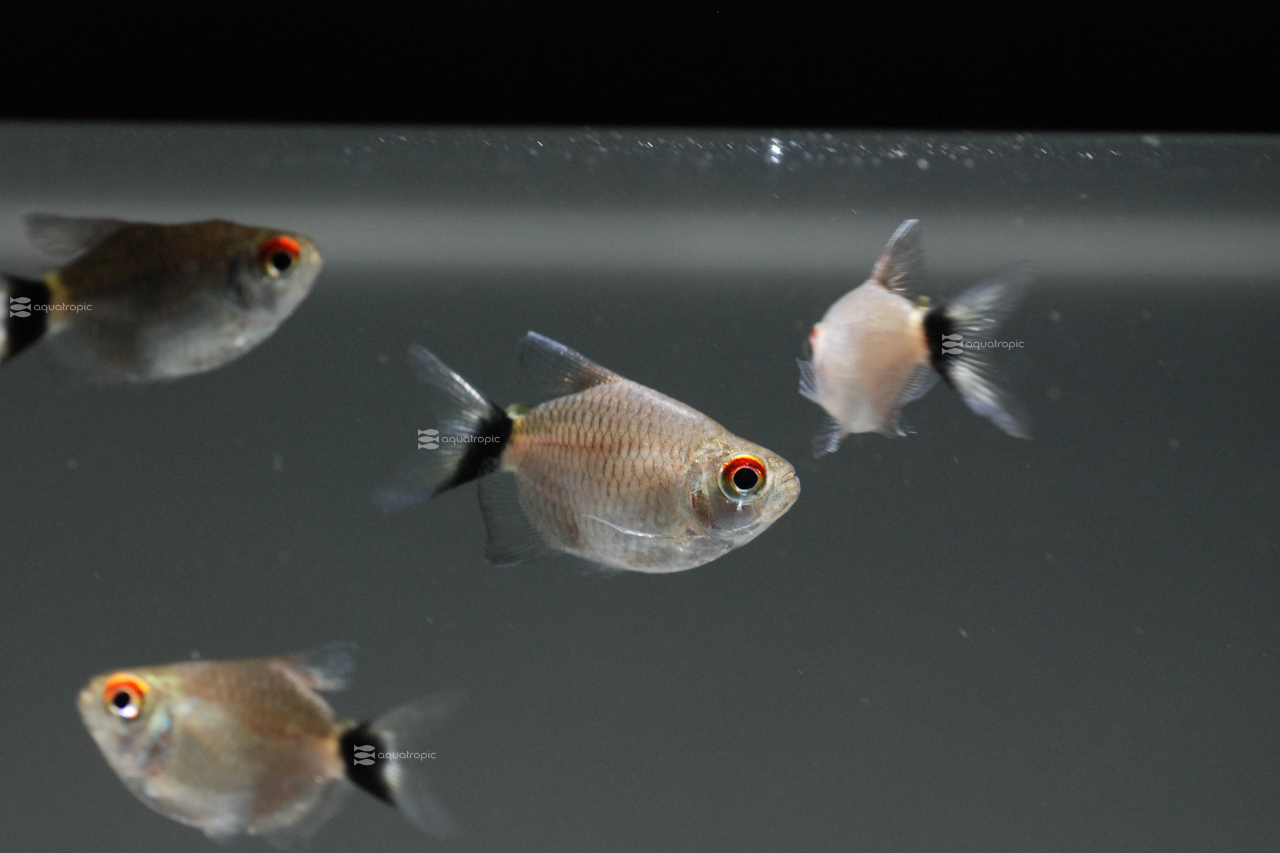
Red Eye and Red Eye Balloon Tetras are the Tetras that don't belong to any other group here really. They are bigger than all but the Congos at two to two and a half inches, with a very deep body. They are almost chrome colored with a bright red eye, and will definitely add some flash to community aquariums, planted or otherwise. They are only Tetra in their genus (Moenkhausia) that we see with any regularity. They should be kept in groups, but not mixed with the smaller Tetra species on this list unless the aquarium is very large, as they can be a bit too pushy for the little guys.
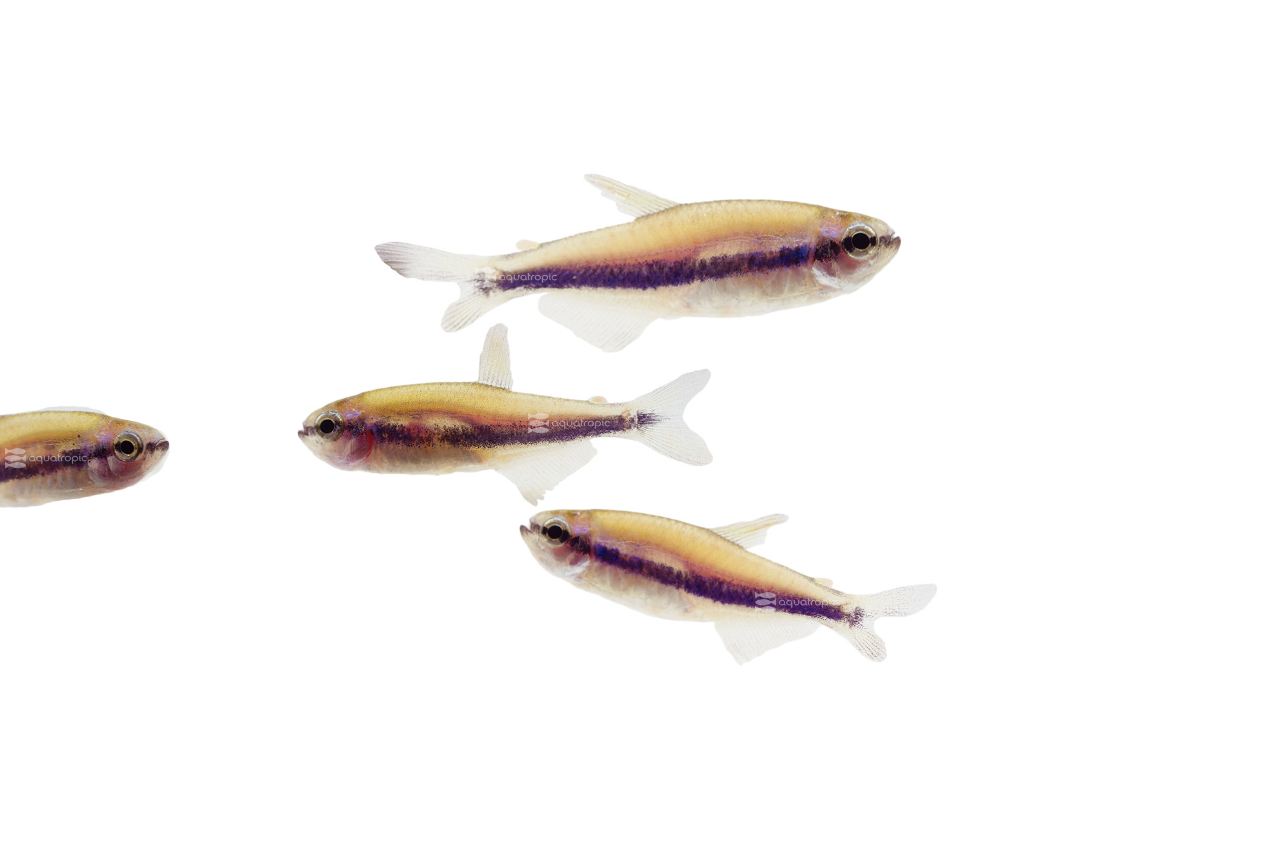
Inpaicthys kerri or Emperor Blue Tetras fit in well with any of the smaller Tetras, though they should be kept in aquariums with a slightly elevated pH. Nematobrycon genus Tetras are also often called Emperor, and have a somewhat similar look, but are a little more aggressive, they are good Tetras for community displays, and should always be kept in groups, but perhaps not with other small Tetras, even though they get the same size. Interestingly, they like a lower pH, and as such maybe shouldn't be mixed with the other Emporers.
There are more species of Tetra available, and many will work with your other Tetras in a variety of displays. This is not an exhaustive list, but it covers most of the bases. For those of you looking for a singularly interesting genus and species of Tetra, please check out our website, and then ask your LFS about any of the fish you see there. Always add them in groups, and make sure they get plenty of quality food like Nutramar Complete Pellets and Tetras of all sorts will reward you with brilliant color and activity in your aquariums for years to come!